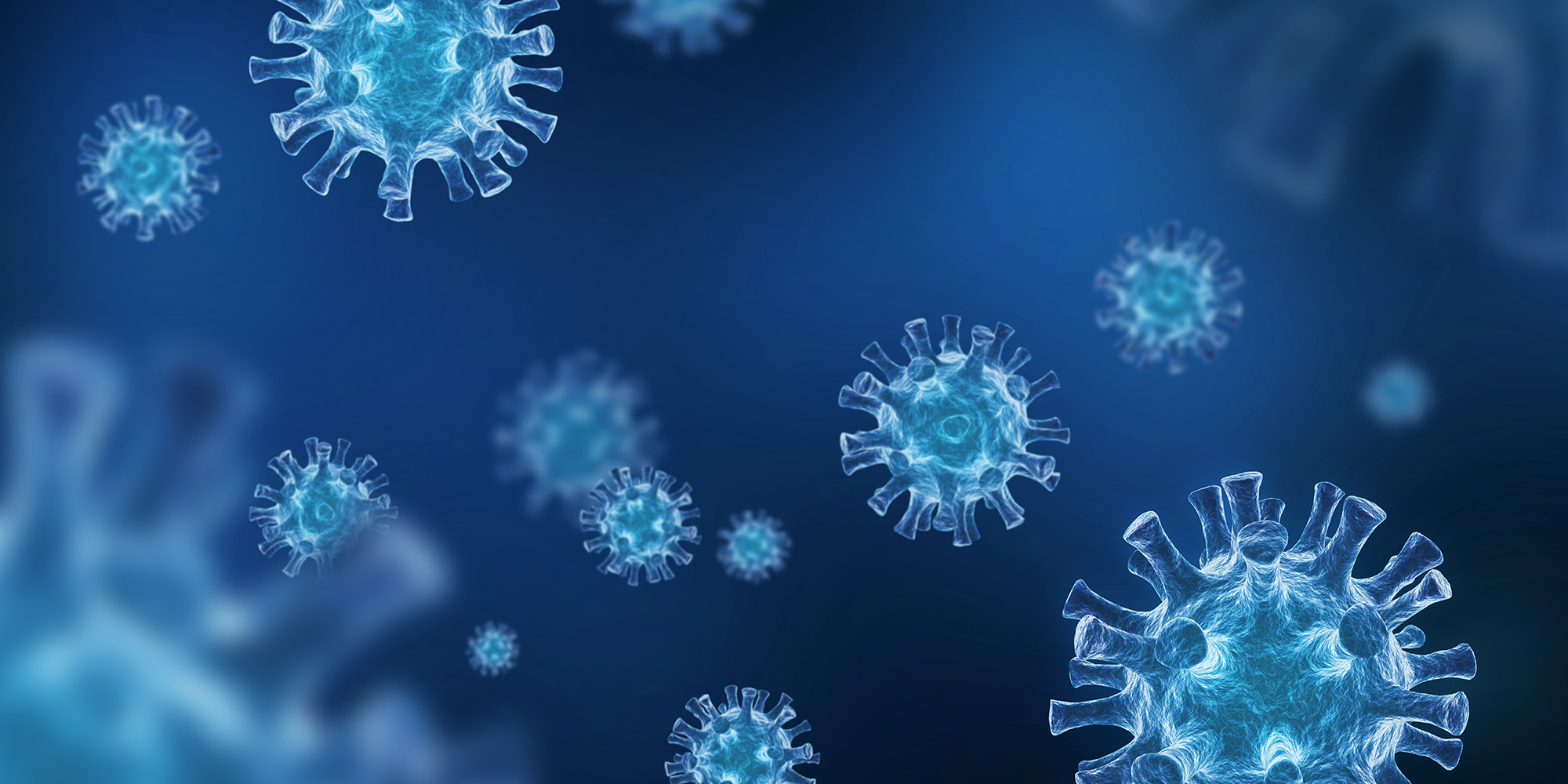Global Partners Assess High-Containment Biological Laboratories During COVID-19 Response
The COVID-19 pandemic has underscored the importance of proactively establishing partnerships among infectious disease researchers, policy makers, and stakeholders. This understanding prompted MRIGlobal to initiate an informal collaboration with several research institutes worldwide to publish their common work through a peer-reviewed outlet, assessing the significance of high-containment biological laboratories (HCBL) and aerosol test chambers (ATC) during the pandemic. This effort has resulted in a cooperative expertise network that will support on-going preparedness and future pandemic response.
These partners represented the International Center for Vaccinology, Kazakh National Agrarian Research University, Almaty, Kazakhstan; EpiPointe, Cary, North Carolina, United States; International Center for Medical Research of Franceville (CIRMF), Franceville, Gabon; Department of Epidemiology, University of Washington School of Public Health, Seattle, Washington, United States; Taiwan Centers for Disease Control (Taiwan CDC), Taipei, Taiwan; JRAD, Stafford, Virginia, United States; and, MRIGlobal.
This collaboration has resulted in the development of two new articles that have been published within the research topic “Diagnosis of Zoonoses: relevance of BSL3 and BSL4 Facilities” in the journal Frontiers in Bioengineering and Biotechnology.
The first publication was titled “Significance of High-Containment Biological Laboratories Performing Work During the COVID-19 Pandemic: Biosafety Level-3 and -4 Labs” and was published in Aug. 2021. The work profiles some of the outputs from the COVID-19 pandemic, specifically highlighting the importance of these labs, their associated resources, and trained personnel who are needed to respond to emerging diseases. The publication describes case histories for distinct HCBLs, including national and state centers for diagnostic and reference testing located in Kazakhstan, Gabon, Taiwan, and at MRIGlobal, a not-for-profit research institute in the United States.
The successes of HCBLs and their trained personnel during the pandemic included several advancements of research and development, including supporting test and evaluation for laboratory diagnostics, vaccine studies, and related applications. In addition, some facilities scaled up their capabilities and capacities during surge demands for COVID-19 testing. HCBLs also adapted during the pandemic to meet changing demands during crisis moments. MRIGlobal and the Taiwan CDC cited biosafety level enhancements as one way to adapt existing laboratory infrastructure for increased capacity. Other HBCLs, especially those at the top-tier of national diagnostic and reference laboratories, are associated with infectious disease surveillance programs that are increasingly important as those surveillance programs intersect with tracking and predicting patterns and trends of infectious disease to augment preparedness. The important role of these facilities through the pandemic cannot be overstated.
As part of this collaborative effort, experts from MRIGlobal and JRAD developed a second piece of published research, titled “Aerosol Test Chambers: Current State and Practice During the COVID-19 Pandemic,” which was published in April 2022. This research surveyed some of the numerous ATCs worldwide to understand their history, current use, and practice. ATCs are specialized facilities used to house studies for detection, animal models, and related efforts involving dispersal of biological aerosols (bioaerosols). They are common among academic, commercial, government, and non-profit research organizations where they often employ researchers who perform studies involving these facilities and maintaining such equipment. For example, ATCs are used to study aerosols containing biological material and minimize the physical loss of particles to isolate key variables and study specific aerosol parameters over time or to infect animal subjects to a relevant dose.
Recent descriptions of HCBLs that demonstrated their utility and lessons learned during COVID-19 pandemic offer unique capabilities that have become essential during the recent outbreaks of respiratory infectious disease. Besides laboratory diagnostics, these experiences are also relevant to ATCs where research on decontamination, therapeutics, vaccines, along with related bioaerosol testing was prioritized during the pandemic. While the number of HCBLs continues to increase, the number of ATCs will likely increase as well, given their lower startup costs and demonstrated value to the market. This further reinforces the importance and need for continued collaboration among the multi-disciplinary fields studying aerobiology and biological aerosols.
“Our goal was to establish a network of infectious disease expertise that will foster an enhanced understanding of global response capabilities and support greater collaboration. By developing and sharing our work through an unfunded publication, we’ve catalyzed these partnerships,” says Kenny Yeh, Senior Director, MRIGlobal. “Having established this cooperative effort, we will continue contributing to science by collaborating on peer-reviewed publications and proposals for external funding. This will help maintain the group’s on-going preparedness for a swift and effective global response to future pandemics.”
The HCBL work was presented at the APHL Annual Meeting in Cleveland, Ohio in May 2022, and then the NBC 2022 conference in Lahti, Finland in June 2022, and will be presented at the 14th CBRNe Protection Symposium in Malmo, Sweden in Sept. 2022.

